We spend a memorable day with the modern-day iteration of the iconic Suzuki Katana from 1982.
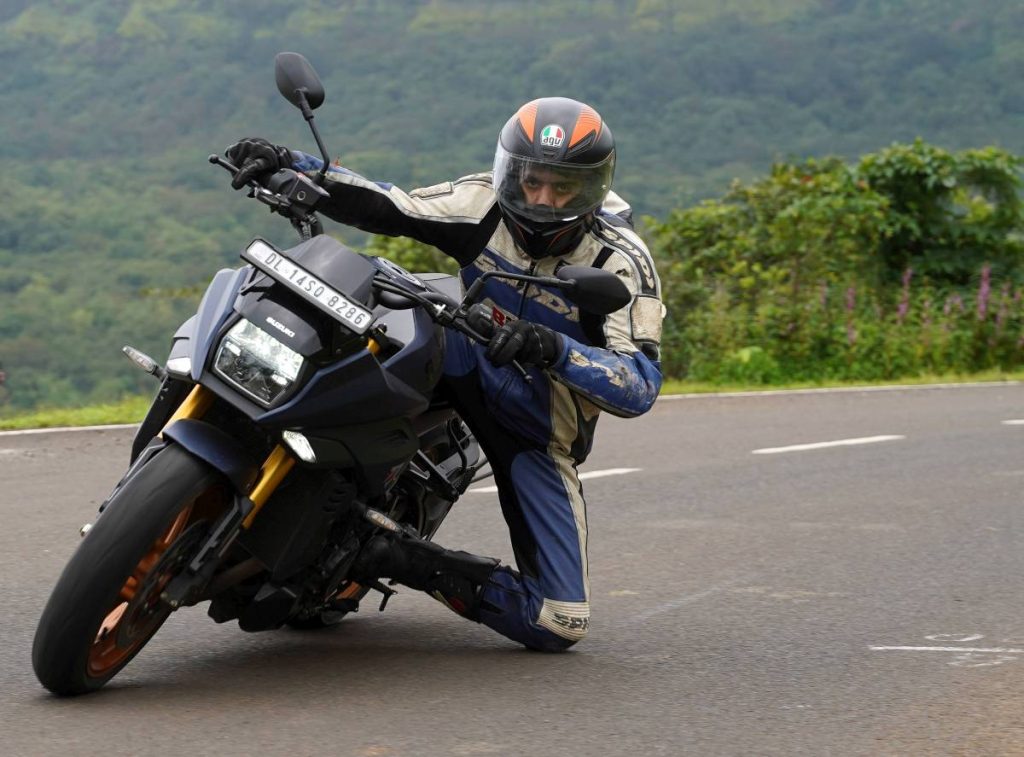
Story: Azaman Chothia
Photography: Apurva Ambep
The lineage of the Suzuki Katana dates back to 1982. There were various iterations of the motorcycle until production came to an end in the mid-2000s. In 2020, Suzuki brought the legendary motorcycle back to life and in a surprising turn of events, the Katana was launched in the Indian market a few months ago.
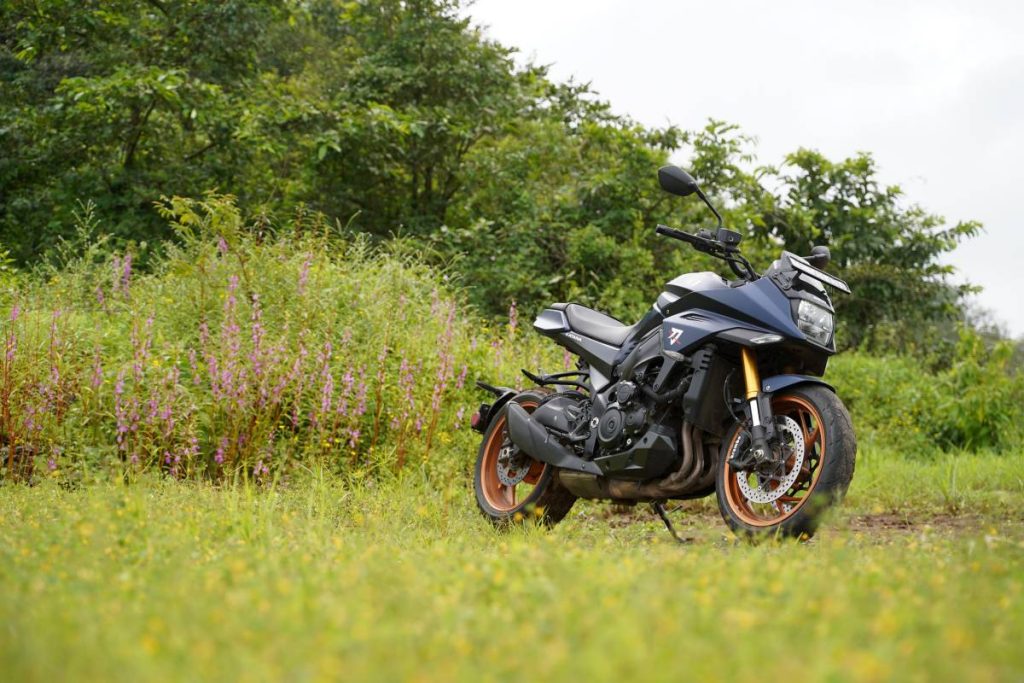
As the name suggests, the design of the bike has been inspired by the Japanese sword of the samurai. This is essentially a sport-tourer speaking one of the most unique design languages. You get a half-fairing at the front with a rectangular LED headlight and sharp DRL units jutting out of the corners of the fairing. The “Katana” logo can be seen on either side of the fairing, while the fuel-tank sports sharp cuts that give it its character and help it stay true to the original model. At the rear, the bike gets a single-piece seat which is quite comfortable and has minimal bodywork surrounding it. The Katana is fitted with the arched aluminium swing-arm from the GSX-R1000 and extending from it is a rear fender that hugs the tyre and holds the registration number-plate mount.
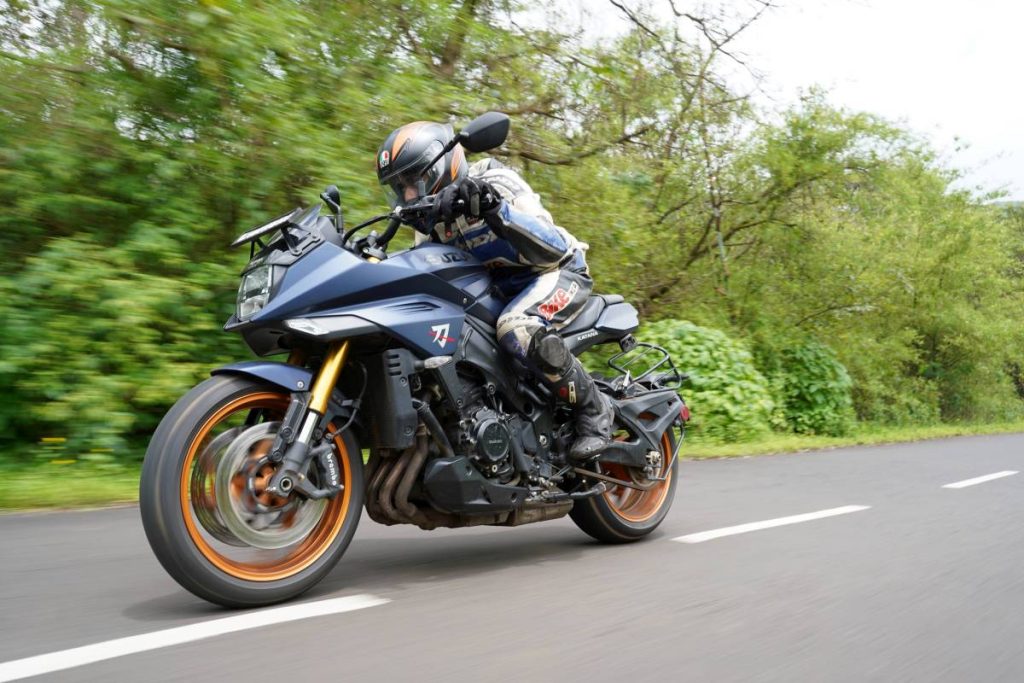
Ergonomically, the Katana is a comfortable motorcycle where the rider is placed slightly over the tank, the wide handlebars are set higher, and the foot pegs towards the rear in a sporty position. With a kerb weight of 217 kilograms, this is a fairly heavy motorcycle to move around but quite manageable once you get going. Given its large steering radius, taking U-turns is quite a task on narrow roads but the accessible 825 millimetres of seat height will accommodate most riders.
The Katana is based on the naked GSX-S1000 and makes use of the twin-spar beam alloy frame inside which houses Suzuki’s legendary 999-cc in-line four-cylinder motor putting out 152 hp at 11,000 rpm and a peak torque of 106 Nm at 9,250 rpm, paired with a six-speed gearbox. Minor upgrades have been made to the camshaft profile and valve springs and now the bike also gets a new intake and exhaust system components.
The most noteworthy change comes in the form of an updated electronics suite. The bike gets three power modes, a ride-by-wire throttle, a bi-directional quickshifter paired with a new Suzuki Clutch Assist System, and five-level traction control. There is also an easy-start system that will avoid stalling at low speed. Sitting in the half-fairing is an LCD dash that is quite basic but does a good job of providing vital information with premium switchgear to complement it. The power modes and traction control (TC) can easily be switched on the go. There is no phone connectivity because you are going to spend your time actually enjoying the ride experience.
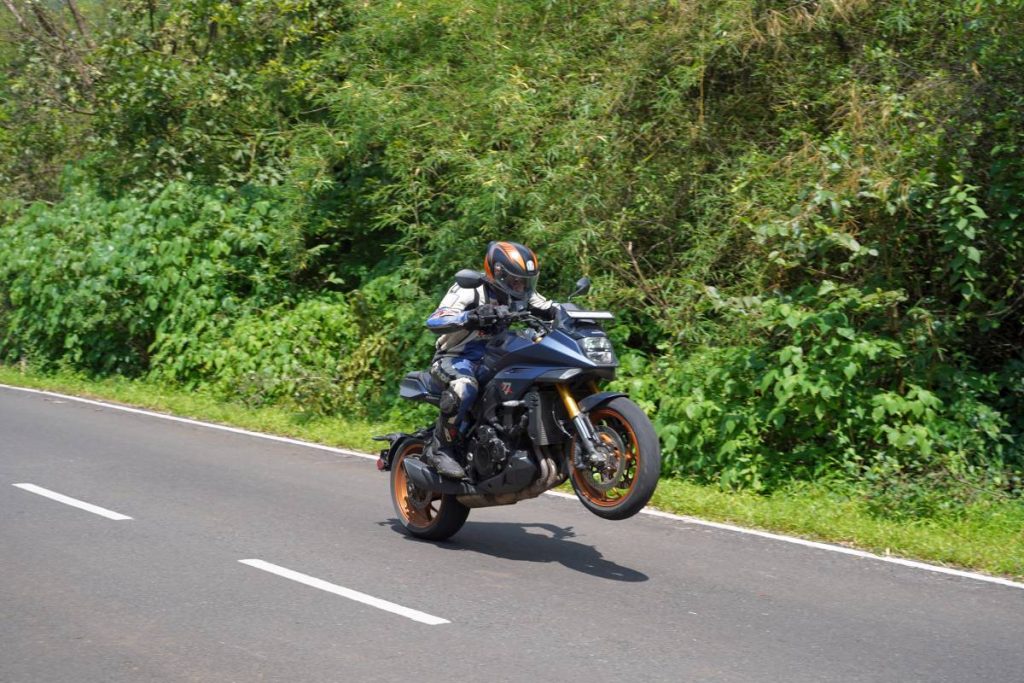
As soon as you fire up the bike, you are greeted by a sweet symphony of the K5 motor. The power delivery is smooth and the throttle response very crisp. It works extremely well on the highway and is super tractable for something with so much power. While just the first gear can get you past 100 km/h, the motor can also do 30 km/h in third gear with ease and pulls away effortlessly once the throttle is opened. The power modes are well calibrated to suit different riding conditions. C Mode is where the bike is the calmest and could essentially be called the rain mode. B Mode is perfect for an all-round experience and gives the rider a smooth response and is great for city use. A Mode unlocks the full potential of the motor and the most sensitive as you can literally feel it try to leap away once you release the clutch and even slightly get on the throttle.
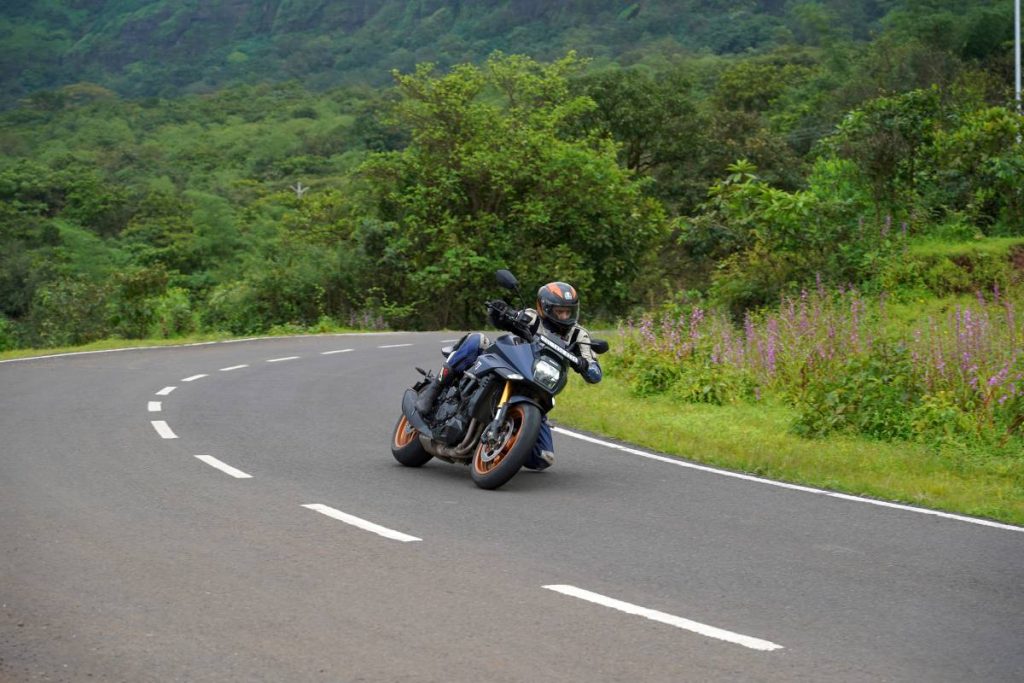
While using B Mode for most of my ride, the Katana displayed an average of around 12 kilometres/litre. You are not really looking for fuel efficiency when you buy an in-line four machine, but I did feel that the 12-litre fuel-tank is not adequate. It should provide a rider with a range of about 130 kilometres with a full tank. The bi-directional quickshifter works really well and the sound from the exhaust while using it is just surreal. My experience with this Japanese in-line four motor couldn’t have been more exhilarating.
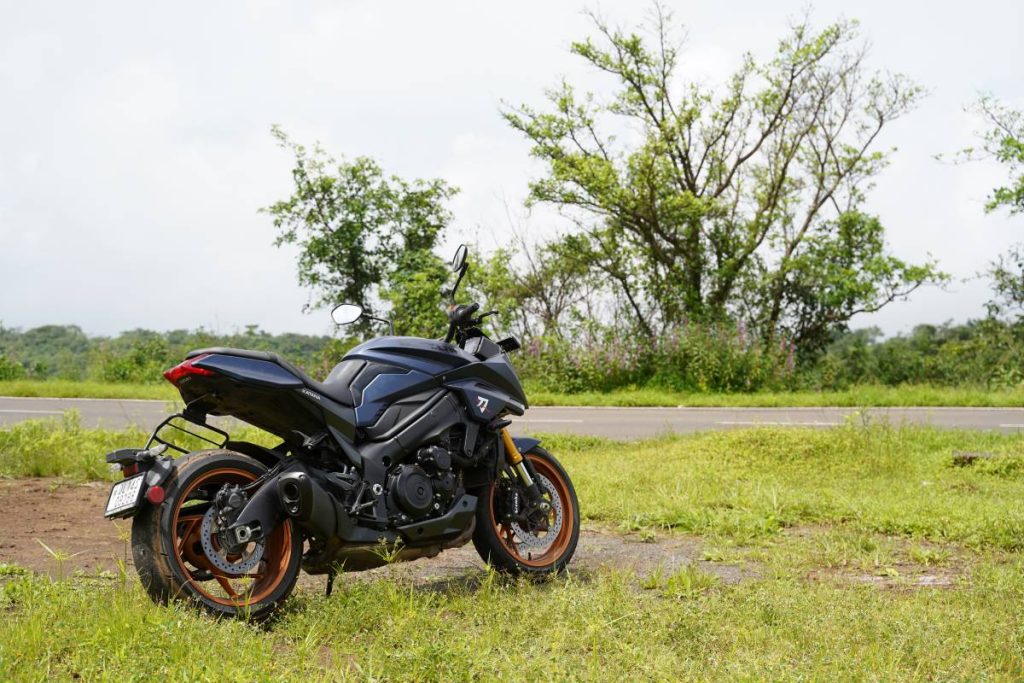
Suspension duties are handled by KYB 43-millimetre USD forks with 120 mm of travel and are adjustable for compression, rebound, and preload. The rear gets a monoshock with seven-step preload and rebound damping adjustability, while the 17-inch alloy wheels are wrapped in Dunlop Sportmax rubber. With this suspension set-up, the ride quality is plush and enables the bike to tackle bad sections of the road surprisingly well. In terms of handling, the Katana is ironically not the sharpest tool. It requires effort to be put into the corners and is not the quickest when it comes to changing direction through tight sections of twisties. Although once it does get into a corner, it inspires confidence because of how planted it feels and the rubber does a good job of providing grip. Dual floating 310-mm discs at the front with Brembo Monobloc calipers are complemented by a 240-mm rear disc brake with a Nissin single-piston caliper. This braking set-up works really well as I got great feedback from the lever. The bike stops in a stable and precise manner.
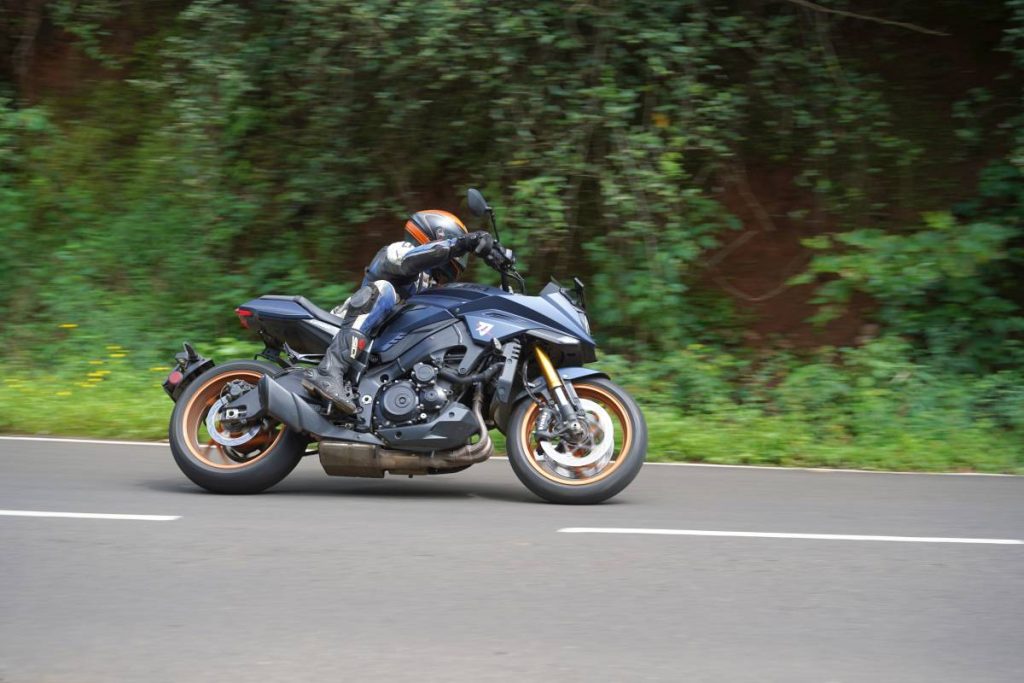
Priced at Rs 13.61 lakh (ex-showroom), the Katana is a litre-class sport tourer that will appeal to a select group of individuals who have an eye for detail and a love for Japanese culture. Just like the real Katana, this motorcycle demands respect and requires a samurai (skilled rider) to exploit its true potential. With its stunning looks, a screamer of an engine, and a plush ride quality, the Suzuki Katana is a legend that Suzuki have revived to perfection. It is nice to see such a unique motorcycle make its way to the Indian market and we now hope to see the recently announced updated GSX series arrive on our shores as well.

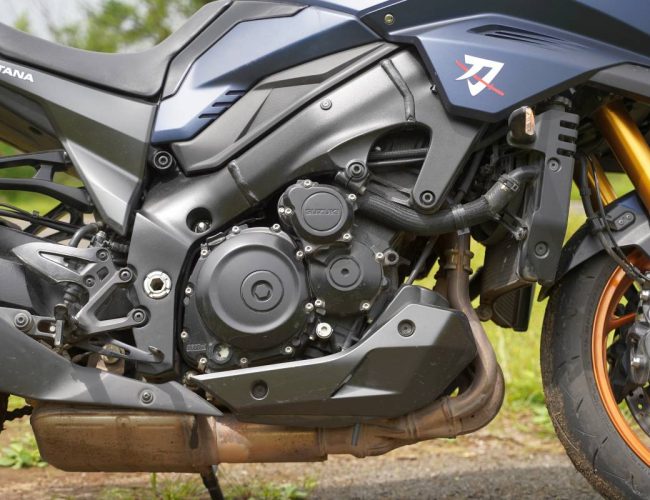
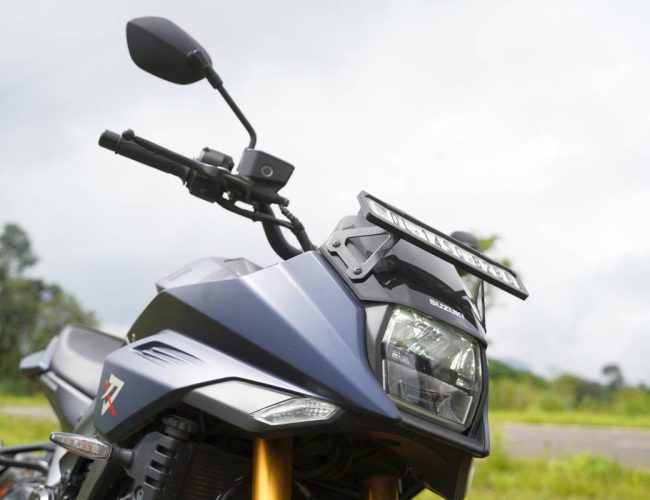
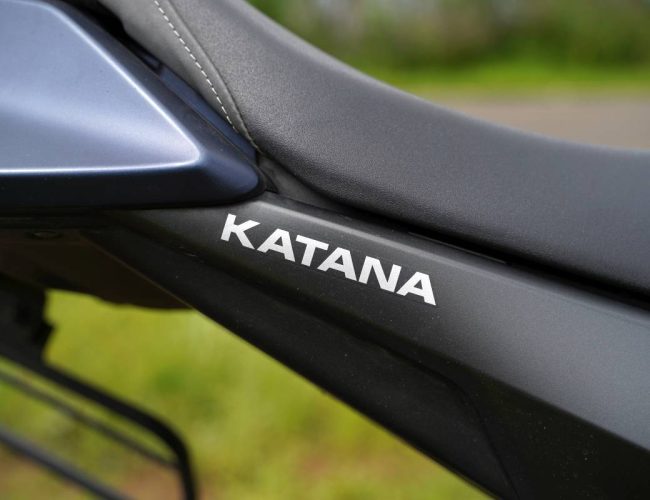
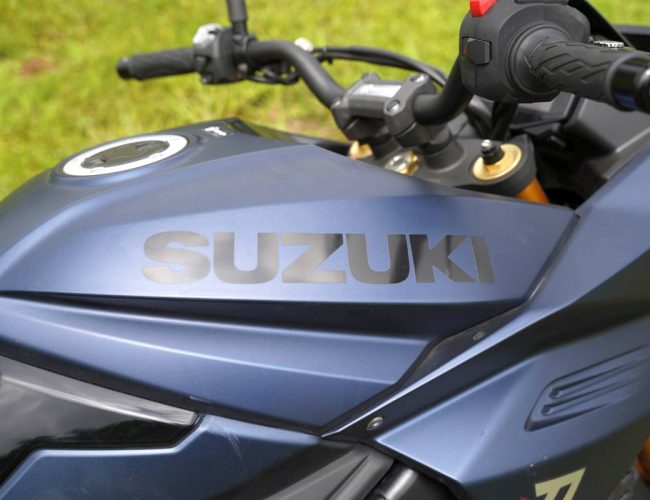
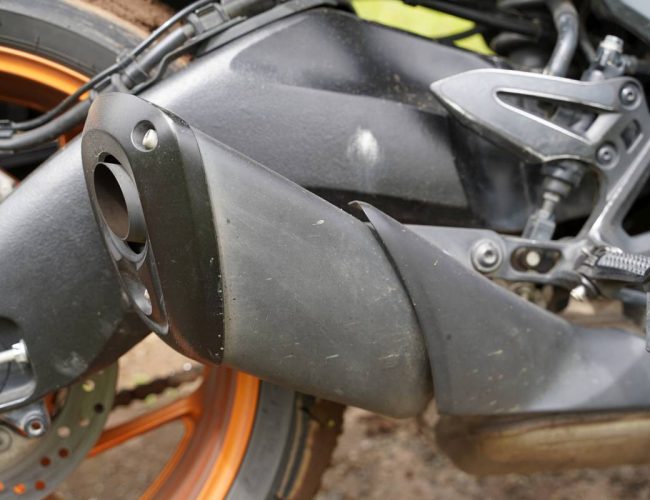
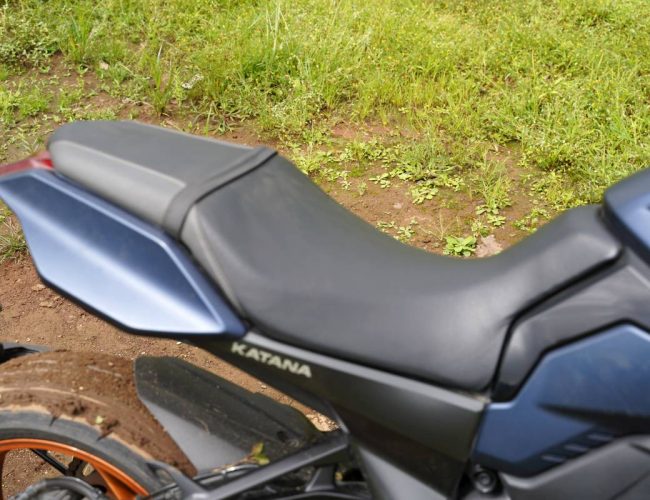
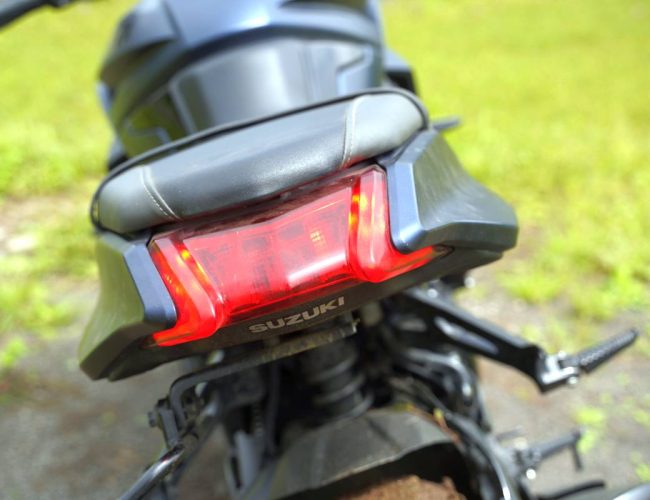
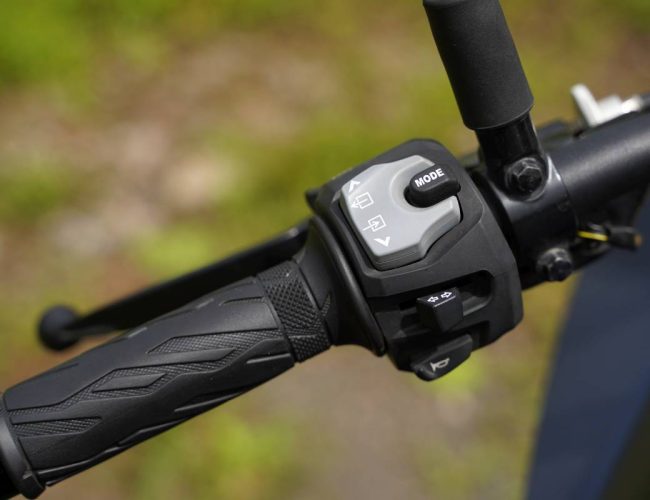
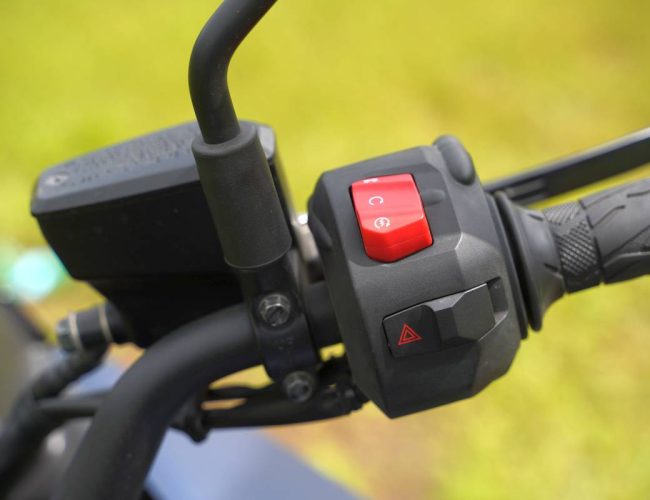
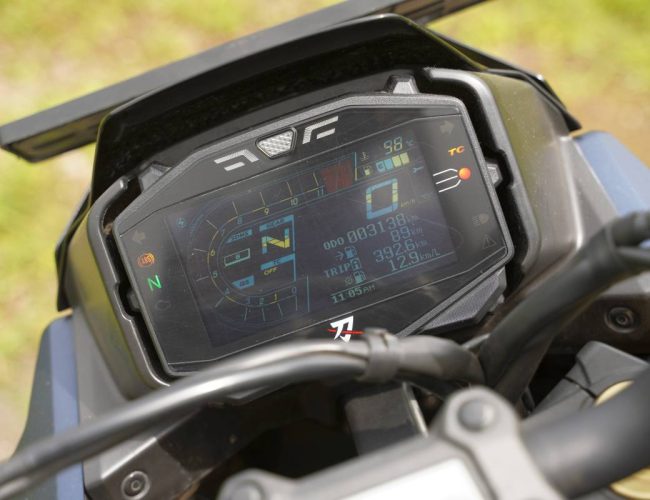
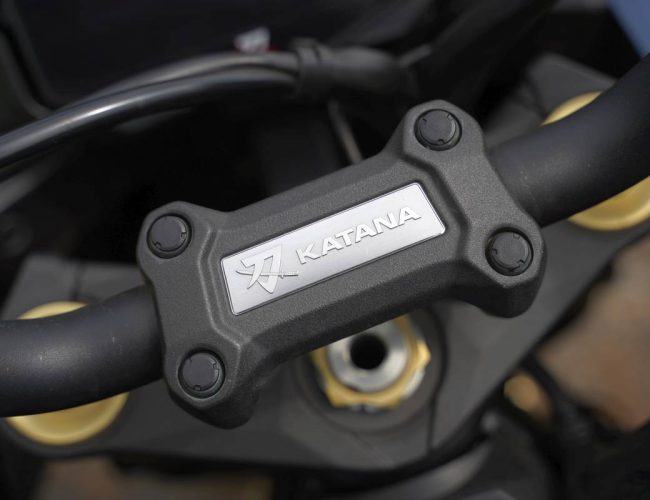
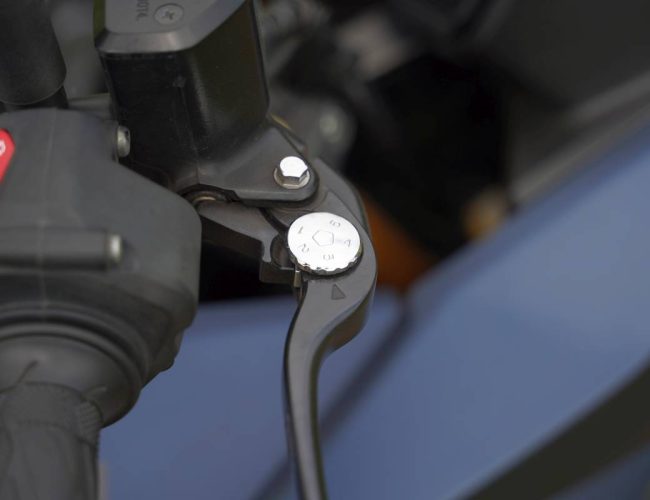

Leave a Reply